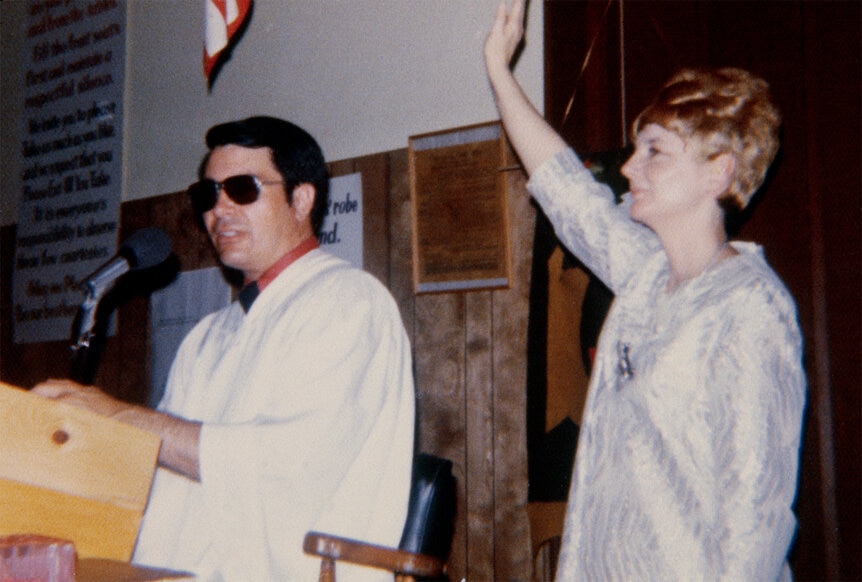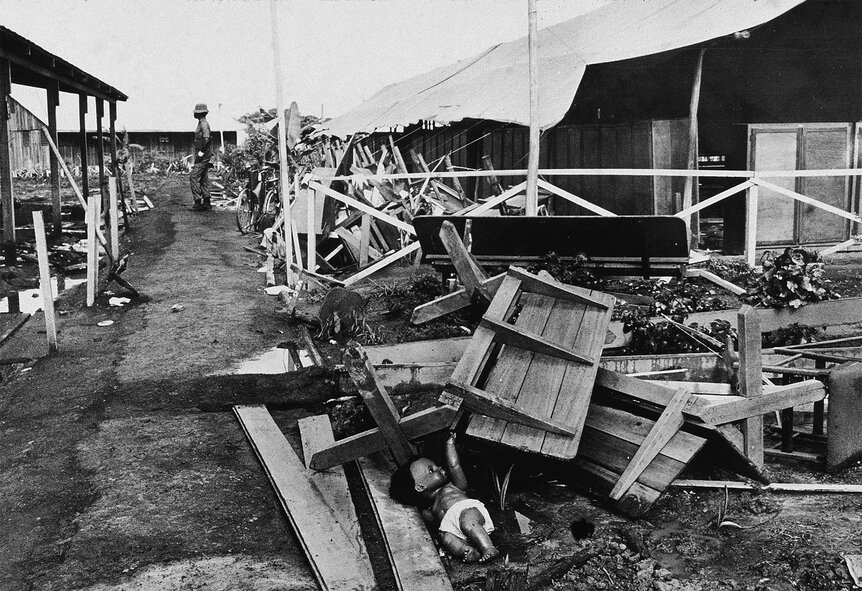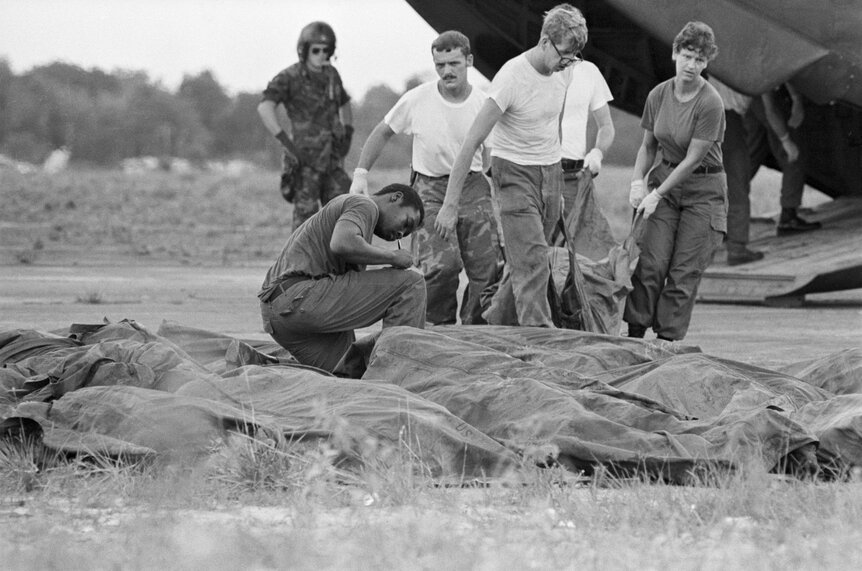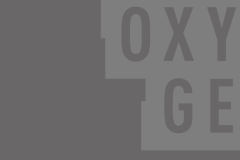Create a free profile to get unlimited access to exclusive videos, breaking news, sweepstakes, and more!
The Jonestown Massacre: Everything to Know About the Deadly Cult and Its Leader
Jim Jones orchestrated the 1978 mass murder-suicide of some 900 followers.
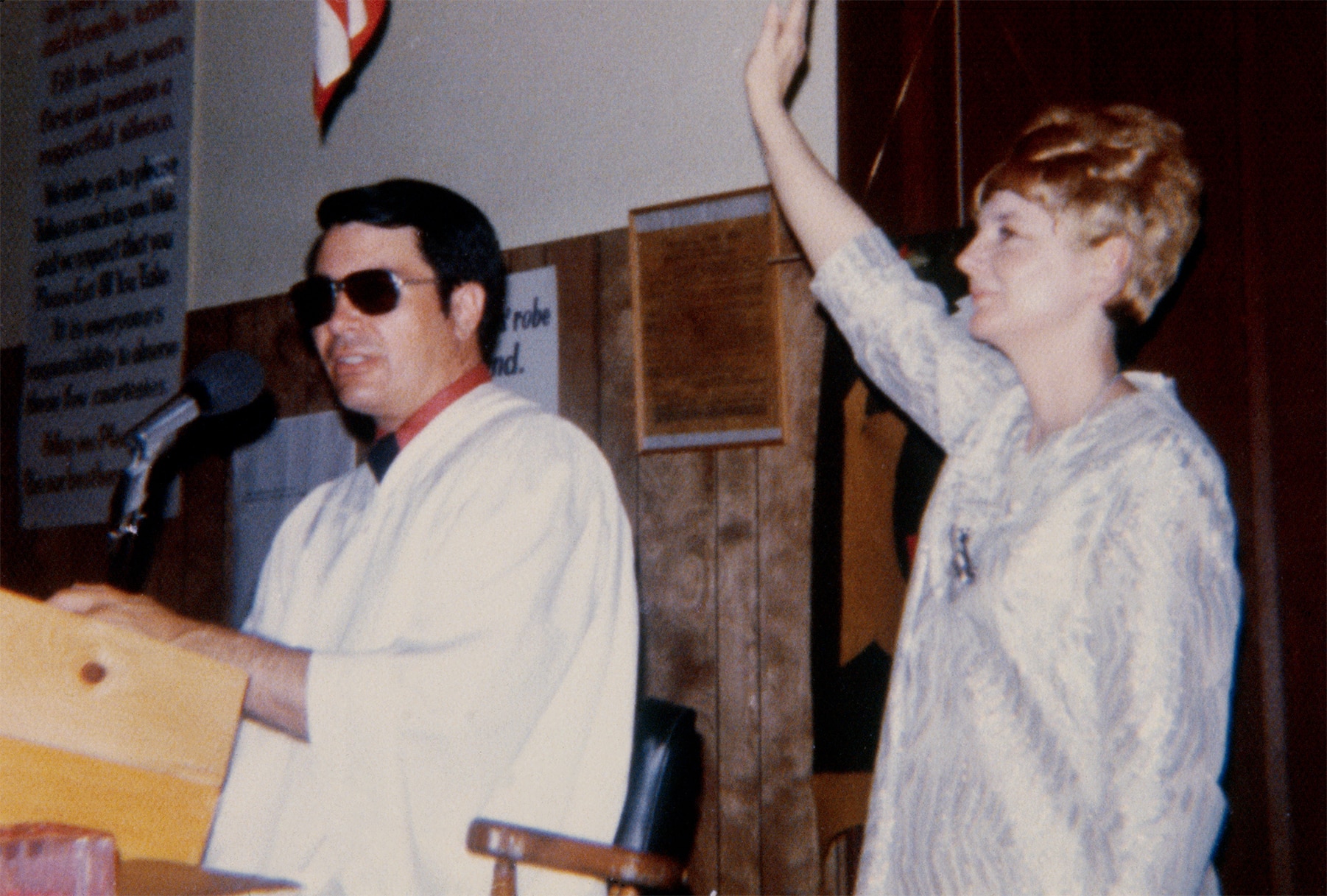
One of the most gruesome and disturbing events in U.S. history was the mass murder–suicide of Jim Jones’ cult following, the largest non-natural mass death of Americans until the September 11th attacks. The cult leader called himself a preacher and a prophet, but his church — the Peoples Temple — promoted abuse and coercion instead of healing and love, ultimately leading to more than 900 deaths.
Here’s everything you need to know about the Jonestown Massacre.
Who was Jim Jones?
Jim Jones was a charismatic cult leader who once held sway with high-profile California politicians. He founded a small Pentecostal church in Indianapolis in 1955 and a decade later relocated to Ukiah in Northern California. The “Peoples Temple” did not gain traction, however, until Jones settled in San Francisco in 1971, where he was perceived as an exciting “activist preacher” by recruits, and his beliefs on racial integration and socialism resonated with the counterculture ethos of the time. His estimated 9,000 followers participated in social work, including drug prevention programs, feeding the hungry, and offering home care services for older adults. Jones's public influence peaked in 1975 when the Peoples Temple helped elect San Francisco Mayor George Moscone. In return, the new mayor appointed Jones to the city’s Housing Authority Commission (he was later forced to resign).
During his San Francisco heyday, some Temple members noticed disturbing red flags, describing exceptionally narcissistic behavior. According to the PBS documentary Jonestown: The Life and Death of Peoples Temple, Jones told his associate pastor Hue Forston, “If you see me as your savior, I will be your savior. If you see me as your God, then I’ll be your God.” Jones believed he had divine healing powers, claiming he could remove cancer. At religious meetings with followers, he read minds and predicted futures (in reality, cultish Temple members dug through the trash for information, according to the documentary). His troubling behavior crossed into abuse as he made sexual advances to followers and oversaw beatings and public humiliations, stoking an atmosphere of fear and paranoia, according to PBS. It was widely reported that he was addicted to various drugs, including amphetamines, though no medical records exist.
What was Jim Jones' early life like?
James Warren Jones was born into poverty near the tiny town of Lynn, Indiana, on May 13, 1931. His father, James T. Jones, already 47 at the time of his son’s birth, had been gassed in combat in WWI and was an invalid, suffering painful emphysema attacks. His mother, Lynetta, was 17 years younger than his father.
According to a 1978 New York Times article, Jones was frequently beaten by his father, whom he said was a Ku Klux Klan member, once for bringing home a Black friend. Described by classmates as “quiet, [and] very reserved,” Jones went by the nickname “Doc” and hoped to fulfill his mom’s wish that he become a doctor. At 16, he took a full-time job working nights at Reid Memorial Hospital near his hometown.
Jones enrolled at the University of Indiana to pursue a medical career but dropped out to become a minister with the United Church of Christ, reported The New York Times. He eventually graduated from Butler University in Indianapolis and decided to enter the ministry. By 1955, he had established Wings of Deliverance, a Pentecostal church that was the forebear to Peoples Temple.
Did Jim Jones have a family?
Jim Jones married Marceline Boswell, a nurse he met while working at the hospital as a teen, shortly after graduating high school in 1949. Over the next three decades, they had one child together and adopted six more children of different racial backgrounds. Marceline worked for 10 years for the California State Board of Health until resigning over health issues and “pressing duties at the temple,” she told The New York Times in 1977, one year before the massacre. Marceline died on that fateful day. Their biological son, Stephan Jones, and adopted sons, Tim and Jim Jones Jr., survived the massacre, having traveled into Georgetown with the Peoples Temple basketball team that day.
A year before the Jonestown massacre, Marceline described Jim as a “Marxist,” explaining to The New York Times, “’Jim has used religion to try to get some people out of the opiate of religion." She quoted him as saying to her, "Marcie, I've got to destroy this paper idol," as he slammed down the Bible he held in his hand.
Where was Jonestown?
Jonestown was located on a remote 3,852‐acre tract on the northeast coast of Guyana, in South America, between Port Kaituma and Matthews Ridge. Facing increased scrutiny in the U.S., Jones amped up his longtime plans for a “socialist utopia” in Guyana, according to The New York Times. In 1977, he convinced about 1,000 followers to relocate, and according to Dateline reporting, coerced them to relinquish their passports and give their property and money to his church. On the property, they lived in small cottages and worked eight hour days in support of the commune, in addition to attending preaching sessions led by Jones.
According to the FBI, California congressman Leo Ryan had heard disturbing rumors swirling around Jonestown — beatings, forced labor, suspicious deaths, and mass suicide rehearsals — so he and a congressional delegation flew to Guyana to investigate.
On November 14, 1978, a small cadre of politicians and reporters, including four NBC journalists, landed in Jonestown. After being rebuffed for three days, they were granted access to Jones and his followers. When several members quietly pleaded with them for help, the delegation organized an evacuation, and on November 18, two planes were prepped for takeoff. Just before departure, a dump truck with Jones’ henchmen appeared on the airstrip and opened fire on one plane. A Temple gunman pretending to be a defector was on board the other plane and began shooting. Five people died in the chaos, including Congressman Ryan — reportedly shot 45 times, according to his aide Jackie Speier — and two journalists. Many others were wounded.
RELATED: California Cult Attempts To Murder Attorney With Deadly Rattlesnake Attack
How many people died at Jonestown?
A total of 918 people died at Jonestown, including five from the airstrip ambush and four from another location. Nearly a third of the deaths were children.
In the wake of the airstrip ambush, Jones prepared his followers for mass murder–suicide and released radio orders for others outside the compound to kill themselves on November 18. Escapees reported that Jones forced followers to consume fruit punch laced with cyanide, tranquilizers, and sedatives — the origin of the saying “Drink the Kool-Aid.”
In a horrifying twist, Jim Jones recorded a “death tape” and can be heard ranting about Guyanese authorities to justify a “revolutionary” suicide. He told his followers they would be attacked in retaliation for the airstrip ambush: “When they start parachuting out of the air, they’ll shoot some of our innocent babies,” he said.
In the end, Jones died that day of a single gunshot wound to the head that many speculate was self-inflicted.
How many people survived Jonestown?
Fewer than 100 of Jones’ followers in Guyana survived the massacre; most survivors either had defected earlier that day or were in the capital, Georgetown. Very few witnessed the mass poisoning at Jonestown because, according to survivor Odell Rhodes, “Anyone who resisted was forced to take the poison,” either by injection or threat of shooting, according to Dateline.
Former NBC correspondent Fred Francis, the first reporter on the ground after the horrific massacre, told Dateline, “It wasn’t a painless death. Some of those who escaped talked about how the people were withering around the pavilion, how it took some of them many minutes to die.”
Today, more than 400 deceased are buried in a mass grave in Oakland, California.
